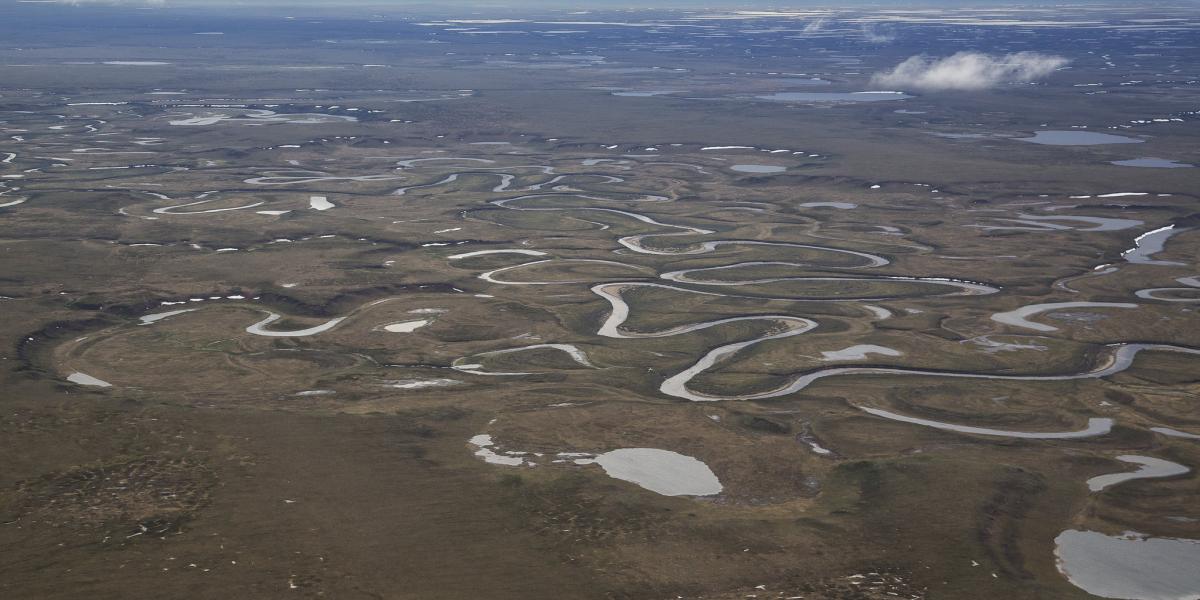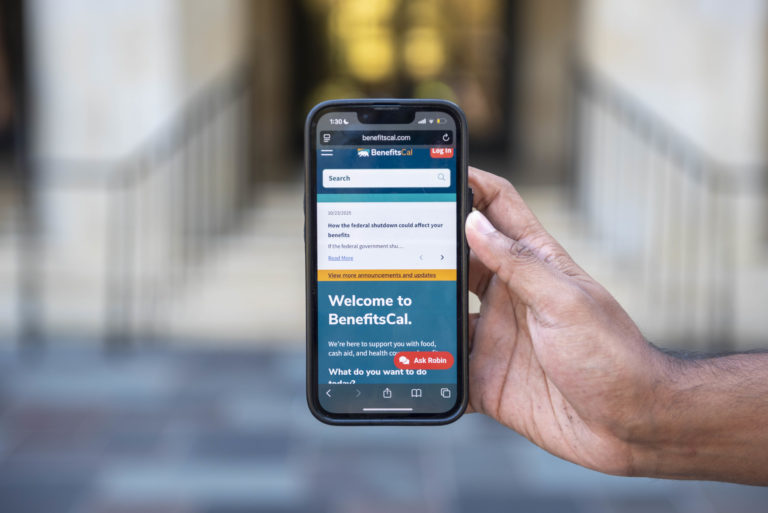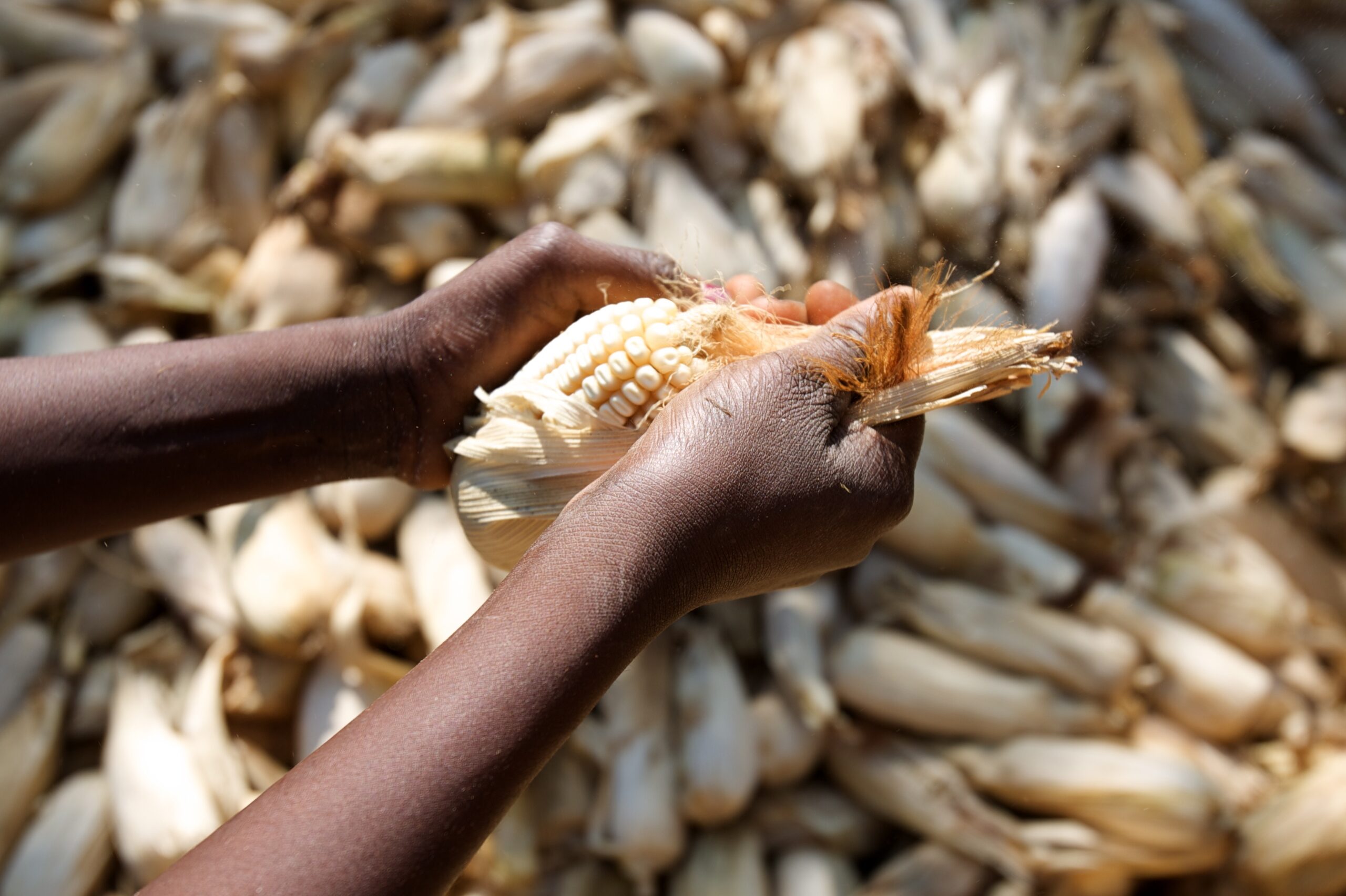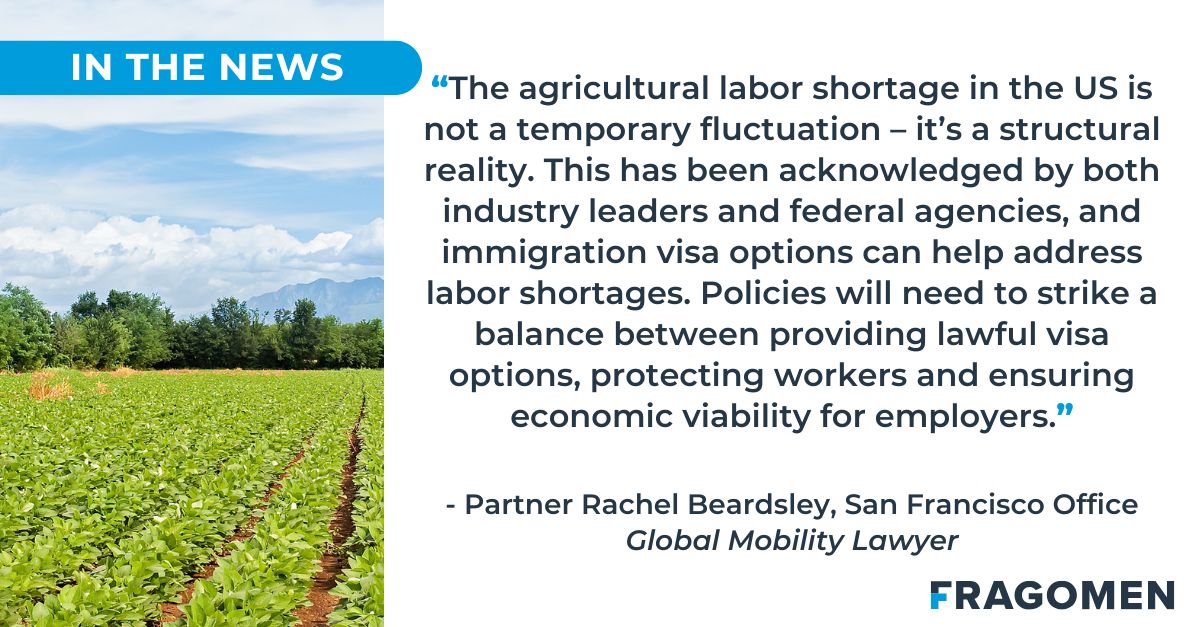Report on Department of the Interior Actions in Alaska and Alignment with Sustainable Development Goals
The Department of the Interior has announced a series of actions in Alaska focused on energy development, infrastructure, and land management. These initiatives are designed to reduce regulatory barriers, support local communities, and enhance Alaska’s contribution to national energy and economic security. The key actions align with several United Nations Sustainable Development Goals (SDGs).
- Reopening the Arctic National Wildlife Refuge (ANWR) Coastal Plain for oil and gas leasing.
- Advancing the Ambler Road infrastructure project.
- Finalizing the King Cove–Cold Bay Road corridor through a land exchange.
- Providing land allotments to eligible Alaska Native Vietnam-era veterans.
Oil and Gas Leasing in the Arctic National Wildlife Refuge
Project Overview
The Department has issued a record of decision to reopen 1.56 million acres of the ANWR Coastal Plain for oil and gas leasing. This action reverses a previous plan that had restricted development. The decision is in accordance with Executive Order 14153, Secretarial Order 3422, and the 2017 Tax Cuts and Jobs Act. Additionally, leases previously canceled have been restored to the Alaska Industrial Development and Export Authority. The Bureau of Land Management has also issued a call for nominations for a future lease sale in the National Petroleum Reserve in Alaska.
Alignment with Sustainable Development Goals
- SDG 7: Affordable and Clean Energy: This initiative aims to strengthen national energy security by increasing domestic production of oil and gas resources.
- SDG 8: Decent Work and Economic Growth: The development of these energy resources is intended to create jobs and foster economic growth within the state of Alaska and nationally.
Ambler Road Infrastructure Project
Project Overview
Following the approval of an appeal by the Alaska Industrial Development and Export Authority, the Bureau of Land Management and the National Park Service have reissued right-of-way permits for the Ambler Road Project. The Department has also conveyed approximately 23,600 acres of land to the State of Alaska, a measure intended to support local control over land use and resource development.
Alignment with Sustainable Development Goals
- SDG 9: Industry, Innovation and Infrastructure: The project facilitates the development of essential transportation infrastructure required to access mineral resources, thereby supporting industrial activity.
- SDG 8: Decent Work and Economic Growth: By enabling resource development, the road is expected to stimulate local economies and support job creation.
- SDG 11: Sustainable Cities and Communities: The associated land conveyance to the state promotes local decision-making and management of regional development.
King Cove–Cold Bay Road Corridor Land Exchange
Project Overview
A land exchange agreement has been finalized to facilitate the construction of a road connecting the community of King Cove to the Cold Bay airport. An official patent has been issued to the King Corporation, conveying lands from the Izembek National Wildlife Refuge for the road corridor. This action addresses a long-standing request from the community for reliable transportation for medical emergencies.
Alignment with Sustainable Development Goals
- SDG 3: Good Health and Well-being: The primary objective of the road is to provide residents of King Cove with dependable access to emergency medical care, directly addressing a critical public health and safety need.
- SDG 11: Sustainable Cities and Communities: The project enhances the safety and resilience of the King Cove community by connecting it to essential services.
- SDG 15: Life on Land: The land exchange agreement includes provisions to add acreage to designated wilderness areas, aiming to protect wildlife and habitat in the region.
Land Allotments for Alaska Native Vietnam-Era Veterans
Project Overview
The Department is implementing the Alaska Native Vietnam-era Veterans Land Allotment Program, authorized by the 2019 Dingell Act. This program allows eligible veterans who served between 1964 and 1971 to apply for up to 160 acres of federal land. The Bureau of Land Management has recently issued three Certificates of Allotment under this program. The application period remains open until December 29, 2025.
Alignment with Sustainable Development Goals
- SDG 10: Reduced Inequalities: The program directly addresses a historical inequity, providing a land ownership opportunity to Alaska Native veterans who were unable to claim allotments while serving in the military.
- SDG 16: Peace, Justice and Strong Institutions: By fulfilling a commitment to veterans, this initiative serves as a form of restorative justice and works to correct a past institutional failure.
Analysis of Sustainable Development Goals in the Article
1. Which SDGs are addressed or connected to the issues highlighted in the article?
The article discusses several actions taken by the Department of the Interior in Alaska that connect to multiple Sustainable Development Goals (SDGs). The primary focus is on economic development, energy production, infrastructure, public health, and addressing inequalities for a specific group. The following SDGs are addressed:
- SDG 3: Good Health and Well-being: The article explicitly mentions improving public health and safety, particularly through the King Cove–Cold Bay Road corridor project, which is designed to provide reliable access to emergency medical care.
- SDG 7: Affordable and Clean Energy: The reopening of the Arctic National Wildlife Refuge for oil and gas leasing is directly aimed at boosting energy development and strengthening national energy security.
- SDG 8: Decent Work and Economic Growth: A central theme of the article is stimulating economic growth, creating jobs, and supporting local communities through energy and resource development projects.
- SDG 9: Industry, Innovation and Infrastructure: The development of the Ambler Road and the King Cove–Cold Bay Road are key infrastructure projects mentioned in the article, intended to support resource development and provide community access.
- SDG 10: Reduced Inequalities: The program providing land allotments for eligible Alaska Native Vietnam-era veterans is a direct action to address a historical inequity faced by this specific group.
2. What specific targets under those SDGs can be identified based on the article’s content?
Based on the actions described in the article, several specific SDG targets can be identified:
- Target 3.d (under SDG 3): “Strengthen the capacity of all countries, in particular developing countries, for early warning, risk reduction and management of national and global health risks.” The King Cove road project directly addresses this target at a local level by creating infrastructure to manage critical health risks for the community, ensuring they have reliable access to the Cold Bay airport for emergency medical evacuations.
- Target 7.1 (under SDG 7): “By 2030, ensure universal access to affordable, reliable and modern energy services.” While the article focuses on the production side, the actions to “boost energy development” and strengthen “national energy security” are foundational steps toward ensuring a reliable energy supply for the nation.
- Target 8.1 (under SDG 8): “Sustain per capita economic growth in accordance with national circumstances…” The article’s stated goal of “driving economic growth across the state” and supporting “local communities” through resource development aligns with this target.
- Target 9.1 (under SDG 9): “Develop quality, reliable, sustainable and resilient infrastructure, including regional and transborder infrastructure, to support economic development and human well-being, with a focus on affordable and equitable access for all.” The approval and permitting of the Ambler Road to “unlock Alaska’s mineral potential” and the King Cove road for “public health and safety needs” are direct examples of actions toward this target.
- Target 10.2 (under SDG 10): “By 2030, empower and promote the social, economic and political inclusion of all, irrespective of age, sex, disability, race, ethnicity, origin, religion or economic or other status.” The land allotment program for Alaska Native Vietnam-era veterans is a specific policy designed to empower and provide economic inclusion for a group that was previously disadvantaged due to their military service.
3. Are there any indicators mentioned or implied in the article that can be used to measure progress towards the identified targets?
Yes, the article contains several specific and measurable actions that can serve as indicators of progress towards the identified targets:
- Indicator for SDG 7 & 8: The article states that 1.56 million acres of the Coastal Plain have been reopened to oil and gas leasing. It also mentions a planned lease sale in the 23-million-acre National Petroleum Reserve. These figures are direct quantitative indicators of increased activity in energy and resource development aimed at economic growth.
- Indicator for SDG 9: Progress on infrastructure is indicated by the reissuance of “necessary right-of-way permits for the establishment of the Ambler Road Project” and the issuance of an “official patent…conveying lands” for the King Cove road corridor. The conveyance of “nearly 23,600 acres near Ambler to the State of Alaska” is another concrete indicator.
- Indicator for SDG 3: The primary indicator is the issuance of the land patent for the King Cove road, which is a critical step in its construction. The article notes this is a “life-saving road” to address “critical public health and safety needs,” making the project’s advancement a measure of progress.
- Indicator for SDG 10: The article provides a direct, quantifiable indicator by stating that the Bureau of Land Management issued “three Certificates of Allotment…awarding 160 acres each to three deserving Alaska Native veterans.” This measures the direct implementation of the program designed to reduce inequality.
4. Table of SDGs, Targets, and Indicators
| SDGs | Targets | Indicators |
|---|---|---|
| SDG 3: Good Health and Well-being | 3.d: Strengthen capacity for risk reduction and management of national health risks. | Issuance of an official land patent for the King Cove–Cold Bay Road corridor to provide reliable access to emergency medical care. |
| SDG 7: Affordable and Clean Energy | 7.1: Ensure universal access to affordable, reliable and modern energy services. | Reopening of 1.56 million acres in the Arctic National Wildlife Refuge for oil and gas leasing to strengthen national energy security. |
| SDG 8: Decent Work and Economic Growth | 8.1: Sustain per capita economic growth. | Actions to boost energy development and resource management to create jobs and drive economic growth across Alaska. |
| SDG 9: Industry, Innovation and Infrastructure | 9.1: Develop quality, reliable, and resilient infrastructure to support economic development and human well-being. | Completion of right-of-way permits for the Ambler Road and conveyance of nearly 23,600 acres to the State of Alaska for development. |
| SDG 10: Reduced Inequalities | 10.2: Empower and promote the social and economic inclusion of all. | Issuance of three Certificates of Allotment, awarding 160 acres of land each to eligible Alaska Native Vietnam-era veterans. |
Source: doi.gov







